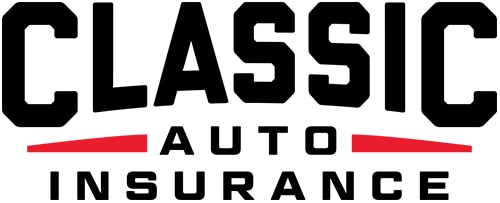Why prep for primer and paint? Sometimes it’s difficult to match existing paint with a newer paint. It is especially the case with classic cars where the older paint may be incompatible with modern water-based paints and gel coats. If there are any glossy areas remaining on the car parts, the primer and paint won’t stick. It is worth the time to remove all the existing paint and primer to get a consistent coat on the first try, rather than needing to redo in spot areas.
Project C10 Tech Tip – Selecting the Right Sandpaper
The experts at Project C10 recommend using the proper grade sandpaper depending on the task. You need to have the right amount of grit in order for the primer or paint to stick. For primer, we recommend the use of 180 grit. This gives it enough “bite” to hold the primer while still concealing the scratches. Sandpaper with a higher grit is usually used for sealer; consider using something as high as 400 grit. In the case of prepping for the final paint job, we recommend using 600 to 800 grit sandpaper before applying color. See our tips for prepping for primer and paint in action by watching Episode 9 of Project C10: Project C10 Hits a Milestone.
Grades of Sandpaper
Sandpaper consists of a paper or cloth backing with an abrasive substance glued to one side. While common names such as “sandpaper” or “glasspaper” are still widely used, most modern sandpaper actually utilizes aluminum oxide or silicon carbide as the abrasive substance. The grit size of sandpaper is a number that is inversely correlated to the size of the “sand” particles. A lower number, such as 40 grit, provides a much rougher surface. The higher the grit number, the more smoother the surface the sanding provides.
Methods of Sanding
Different methods of sanding include hand sanding, block sanding and using tools, such as a power sander, a palm sander or an orbital sander. A sanding tool is best suited for covering large areas quickly, while hand sanding is best for more detailed work. In general, it is best to start with a lower grit and work up to a finer grit. Sanding in several stages from coarse to fine will yield the best results. What are the best results? For example, start with a lower grit, such as 40, then move to a medium grit, such as 80 to 100, then finish with a higher grit. This will sand out all of the scratches in the prime and the paint, creating the smoothest surface. It’s also important to properly clean any surface before -and during- the sanding process. This eliminates any impediments to achieving the smoothest surface possible for the next step – a great paint job.
Join the Project C10 Truck Community
Project C10, powered by American Modern is an original video series from Classic Auto Insurance that chronicles the restoration of a 1965 Chevy C10 truck to a beautiful restomod worthy of car show display. Stay up-to-date with Project C10 by subscribing to Classic Auto’s YouTube Channel, following us on Instagram and visiting our C10 Restoration page on ClassicIns.com, where you’ll enjoy step-by-step episodes, project-specific Tech Tips and behind-the-scenes articles that give you an inside look into what it takes to restore a classic collectible like a Chevy C10 truck.





